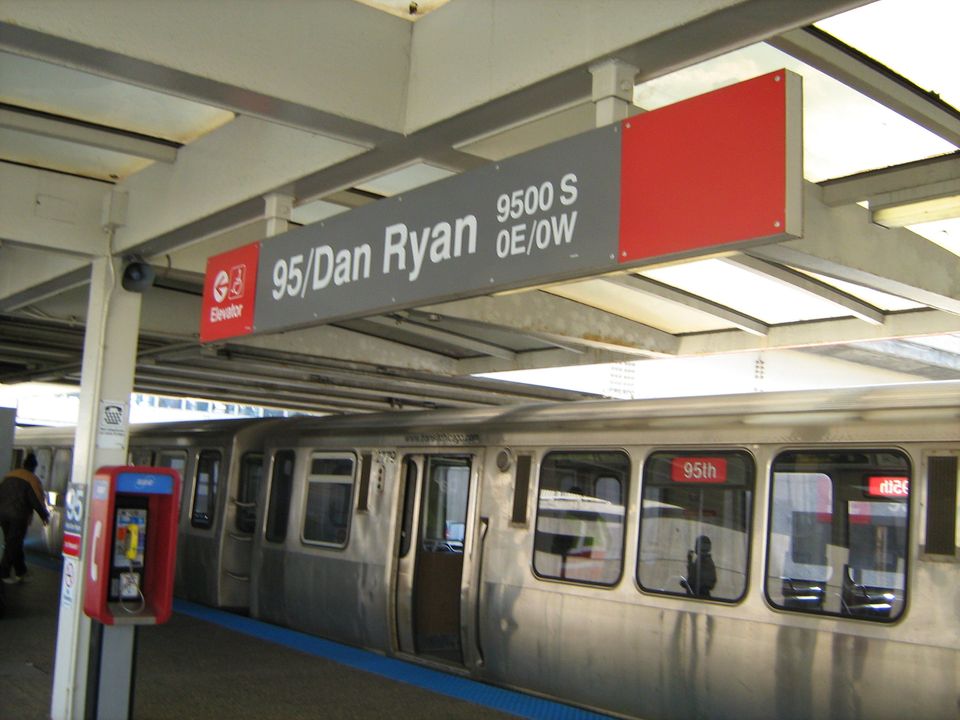
By Mary Wisniewski
CHICAGO, May 18 (Reuters) - Chicago will shut down part of its "L" elevated rail system's busiest line for five months starting on Sunday, forcing thousands of commuters to seek other routes and creating the biggest such U.S. transit disruption in two decades.
The nation's second-largest public transit system after New York will rebuild 10 miles (16 km) of the "Red Line" on the city's South Side, which passes through some predominantly poor and African-American neighborhoods.
It will be the biggest U.S. public transit disruption for construction since the early 1990s, when another Chicago rail line closed for more than a year for repairs, according to Joseph Schwieterman, transportation professor at DePaul University in Chicago.
"It's going to be a long slog for people," said Schwieterman. But he and other transit experts agreed that a total shutdown for five months is better than four years of weekend repairs on the elevated line, which serves 80,000 people a day.
"I think it's the absolute best way to do it," said Robert Paaswell, a civil engineering professor at City College of New York, who headed the Chicago Transit Authority in the 1980s.
Chicago's "L" elevated trains have featured in numerous movies and television shows including the films "Blues Brothers," "Risky Business," and "Ocean's Eleven," and the NBC medical drama "ER."
Transit officials said the Red Line is more than 40 years old and needs full replacement, including ties, rails, drainage systems, and "ballast," - the stones and earth that hold the ties in place. The project, which will include station upgrades, will cost $425 million in state and local funding.
SUBSTANDARD SERVICE
Doing the project all at once - "ripping off the Band-Aid" - will save $75 million compared with doing it over four years, CTA President Forrest Claypool said.
He said the repairs would shave as much as 20 minutes off the average commute. Trains on the line currently go as slow as 15 miles per hour (24 km per hour).
"People recognize it's a very slow, substandard service and progress doesn't come without a little bit of pain," Claypool said.
Hundreds of bus drivers and tradespeople have been hired, mainly from the area of the city inconvenienced, to help with the project and provide alternative bus routes for commuters.
The idea of doing it all at once fits the current trend among government agencies for transit and highway projects, according to Joseph Schofer, professor of civil and environmental engineering at Northwestern University. He compared it to the five-month shutdown of the Waterloo and City line on the London Underground in 2006.
"There are a lot of advantages from the point of view of getting the job done more quickly, cheaply and safely," said Schofer. "It's not something riders will be happy with."
Another rail track, the Green Line, runs parallel to the Red Line for part of the distance, so commuters will be able to use those trains, plus free shuttle buses for the remaining distance, Claypool said.
Candice Davis, 22, fears the project will double her commute time from the southern suburbs to downtown Chicago. "If I'm late, then that's money off my check."
But Davis said she did look forward to the upgrade. "They need to work on this," she said. "Make it more efficient, make it safe." (Reporting by Mary Wisniewski and Renita D. Young; Editing by Greg McCune and Eric Beech)

